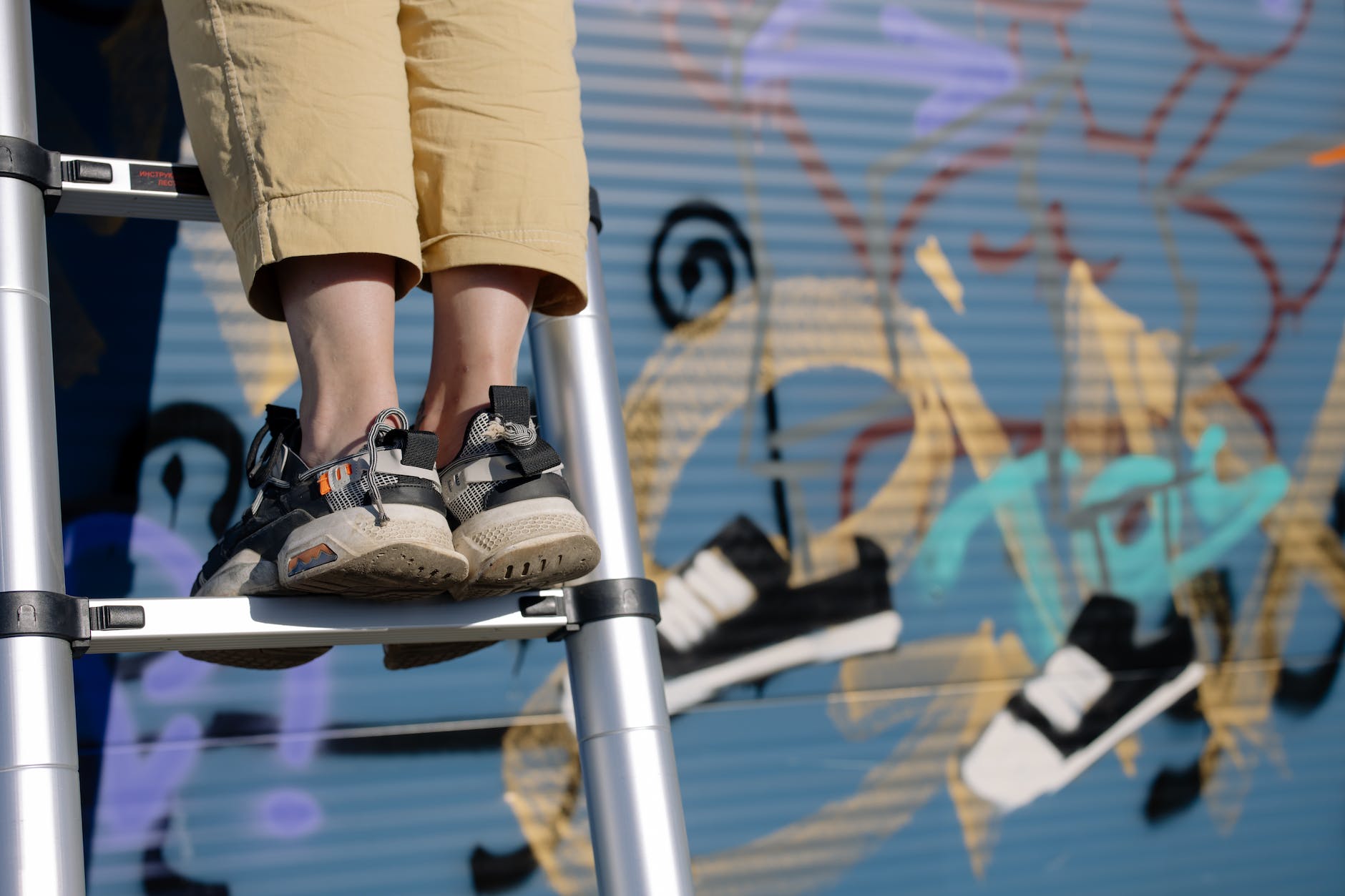Seeping its way from the unorthodox spheres of countercultures into the ever-accepting mainstream pop culture, Psychedelic Art continues to shape and be shaped by the current era. A remarkable manifestation of human imagination, this visual style hinges on distortion, exaggerated color palettes, intricate patterns, and an overall emphasis on enhanced perception. Now omnipresent within the contemporary art scene, Psychedelic Art remains a crucial medium of transient freedom and personal inquiry.
The fast-paced nature of modern life, coupled with breakthroughs in technology, has played a pivotal role in propelling Psychedelic Art into contemporary relevance. The traditional mediums of painting and drawing have expanded to embrace digital art, graphic design, multimedia, and street art. Although the aesthetic elements retain their signature 1960s vibrancy, the versatility of the genre has permeated all avenues of the art sector.
Expressive digital software has given artists limitless possibilities to explore the depths of their abstraction. The comfort of inverting colors and creating spiraling swirls with a simple click has made Psychedelic Art more accessible than ever. Interactive multimedia installations featuring mind-bending visuals have been prominent in recent exhibitions, emphasizing the profound effect of this genre on diverse audiences.
Yet, while technology has been instrumental in shaping Psychedelic Art, the style’s presence within contemporary society isn’t restricted to digital canvases only. It has a strong voice within fashion, largely manifesting itself in brightly colored apparel, intricate patterns, and bold statement pieces. Forward-thinking fashion houses have adopted these captivating elements, amalgamating their couture’s uniqueness with a nostalgic trip to a vibrant era.
Psychedelic Art’s influence extends further into creative domains, with its striking aesthetics shaping modern graphic design. The use of contrasting hues, playfully distorted forms, and intricate typography have become prevalent in branding, advertising, and even website design, to create visually impactful messages.
Perhaps one of the most liberating aspects of this art form is its presence in street art. Serving as societal commentaries, these pieces on city walls serve as a means for artists to question, provoke, or simply, stun the pedestrian onlooker. The inherent vibrance and distortion of Psychedelic Art, combined with its underlying principle of self-exploration, allows these murals to connect with the ever-evolving state of societal beliefs.
The blending of Psychedelic Art within these various forms doesn’t mean it stays confined within its 60s roots. Instead, it evolves, transcending the concept of time and space. It constantly absorbs nuances from various modern subcultures and trends, becoming a chameleon-like entity reflecting current societal sentiments.
The recognition of Psychedelic Art’s cultural relevance in today’s world isn’t merely about nostalgia or aesthetics. It’s about understanding the fruition of human self-exploration and the ceaseless journey towards awareness. This genre, through its incorporation in modern artistic mediums and visibility within popular culture, continues to fuel humanity’s ceaseless curiosity and need for expression.
As we continue to walk the tightrope of the present, while gazing at the uncertainties of the future, the existence of Psychedelic Art within contemporary society acts as a reminder. A reminder that colorful hues can coexist with chaotic distortions, and that glimpses of the past can help shape the path towards the future.








